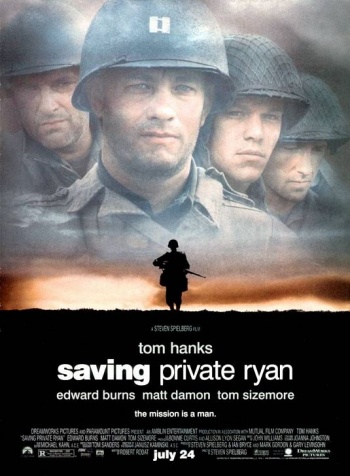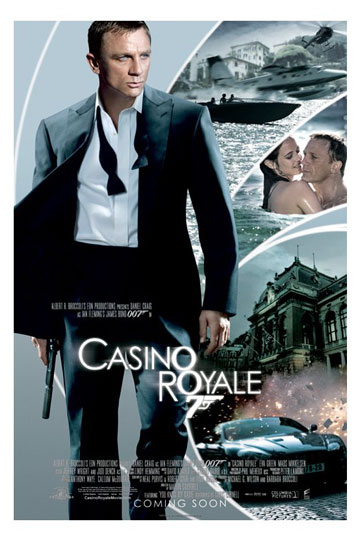The film from 12A that we were analysing was edited by Alex McCluskey and Sam Boyes. The film is about the kidnapping of a Princess and the search by two others to rescue her.
Incorporated into the film are a number of Propp's Character Archetypes: A hero, a villain, a false hero, a princess and a donor. Each have a key role in the film. The Princess is the prize at the end of the quest and the whole reason for the quest to happen. The donor gives the Hero the magical object to assist them in this quest, in this case the magic object is an apple. The false hero attempts to become the hero by rescuing the Princess in the end, but they are unsuccessful. The Villain commits the bad action, taking the princess, and is in the end beaten and the hero is the one who sets out on the quest and is successful.
Binary Opposition (Levi-Strauss) is represented in the film in the forms of male and female; good and evil.
Todorov's theory of equilibrium is also shown; the state of equilibrium is at start when the False hero is reading, then the Princess is kidnapped and we have a state of Dis-Equilibrium, before the hero rescues the Princess returning us to a new State of Equilibrium.
The film uses a large variety of shots. The shot used most often is the mid shot, although they use a lot of low angle shots, especially of the legs of the hero and the villain, building suspense because you can not see who the person is. The film also uses many shots when the subject is walking towards the camera. Hand held shots are used very frequently which gives the impression that somebody is watching what is going on. Towards the end of the short film, the group use two-shots and three-shots a lot, as well as using wide angled shots and close ups. The speed of the shots from the middle of the film to then end increases building up tension and suspense as the film becomes more flowing. An interesting shot that is included is a moving subject shot, and this stands out amongst the others as been more advanced and challenging.
The film doesn't include many transitions between shots; there is only one occasion where a transition is used, a fade in. Most shots simply cut to the next shot. However the film does incorporate other effects, such as a lightning bolt, non-diegetic sounds, slow motion shots and a shaky camera effect. The lightning bolt is added to show a change in the Hero and it happens when he receives his magical powers. The shaky camera effect is used in the same shot. The slow motion shot happens at the end, when the princess is saved, and it signifies some romance or a relationship between the Hero and Princess.
The setting for the short movie is natural because it was filmed in school. Most of it is shot outside with a small number of shots inside. The clothing tells us nothing about the characters because they are dressed as they are for school. They improvise with their hoods for the Hero once he has the powers and the Villain as well. Apart from the hood, there is very little to understand the characters from their clothing. There are two props that are used in the movie; a book and an apple.
Many different sound effects and music has been added to the short movie, but diegetic sounds are still the most frequently used. Throughout the film Diegetic sounds are dominant, but there are also quieter, less dominant non-diegetic sounds added. The sounds added are informative to the audience as to how they should react; at the beginning of the film the music is deep and scary, and tells the audience something bad may be about to happen. However, later in the film when the princess is found, the music turns very happy and tells the audience everything is good again, informing us of the return to a state of equilibrium. Non diegetic sounds added include a rewind sound, a lion growling, a thunderbolt and a spring over some speech at the end. The reason for these sounds is generally to add effect to the film that can not be added when filming for any reason, but generally because the sound effect is natural, but the group were unable to create it at the time.


